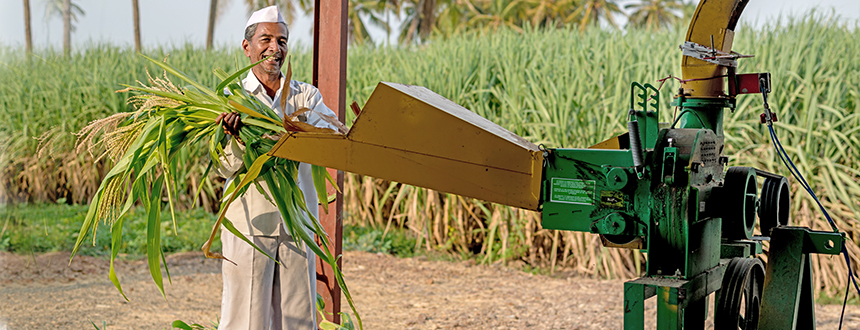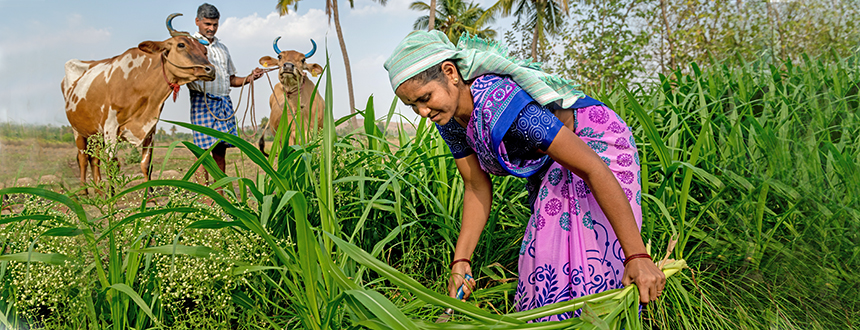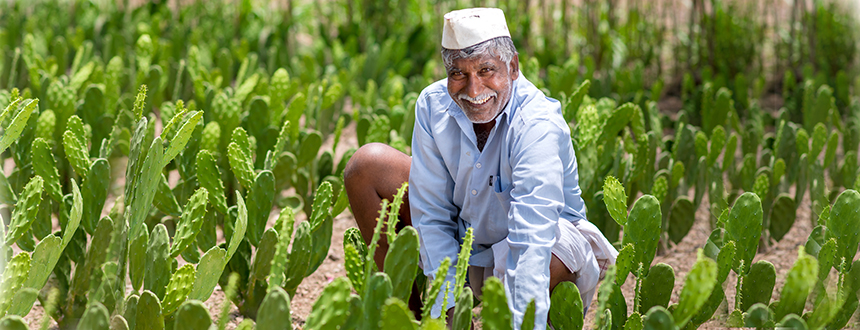Carbon footprint of milk
Greenhouse gas (GHG) emissions associated with milk production arise from several activities that are involved in cradle-to-grave dairy supply chain. Broadly these activities include use of agricultural inputs such as fertilisers, fossil fuel for production of feed and fodder for animals, processing of concentrates in cattle feed plants, enteric fermentation, manure management and post farm gate activities such as processing of milk at dairy cooperative societies, milk unions, its conversion into various milk products and their distribution through retail supply chains. Therefore, it is important to consider all activities involved in the dairy supply chain and measure ‘Carbon footprint’ of milk using internationally accepted Life Cycle Assessment (LCA) methodology. This provides opportunity for understanding hotspots of GHG emissions and planning mitigation strategies for the dairy sector of the country.
The carbon footprint (CF) of milk is the sum of the net GHGs emitted throughout the lifecycle of milk within a set system boundary and in relation to a defined amount of milk with specified composition. To calculate CF of milk, a LCA is required where all inputs and outputs of the system are considered up to the farm-gate or beyond in the milk production cycle. The most important GHGs that are emitted from the dairy supply chain are carbon dioxide (CO2), methane (CH4), nitrous oxide (N2O) and to a lesser extent hydrofluorocarbons (HFCs). The CF is expressed as sum of all GHG emissions converted into kg CO2-equivalent per kg of fat- and protein-corrected milk.
Methane emitted from enteric fermentation is the major hotspot contributing up to 75 per cent of the total GHG emissions of the dairy sector. NDDB’s Ration Balancing approach has provided promising results in reducing enteric methane emission from cows and buffaloes. Considering the lifetime benefits of Ration Balancing on milk production, reproduction and overall performance of animals, it is estimated that due to feeding balanced rations it is possible to reduce CF of milk up to 30 per cent in cows and buffaloes.




